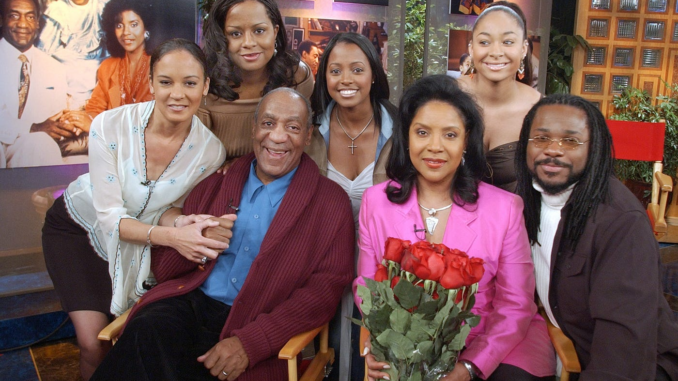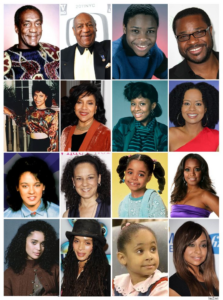
The fall 2024 TV season sees a new wave of shows featuring families of color, mirroring the legacy of earlier programs like Black-ish, Jane the Virgin, Cristela, and Fresh Off the Boat. These shows are seen as part of a broader trend of increasing diversity on TV, following in the footsteps of landmark series like The Cosby Show, which first premiered 40 years ago.
As we mark the 40th anniversary of The Cosby Show, it’s important to reflect on the television landscape before its premiere. In the early 1970s, sitcoms featuring families of color were a rarity. Yet, by the 1974-75 season, shows like Sanford and Son and Good Times had established themselves as TV staples, with The Jeffersons soon following as a midseason hit. These shows regularly ranked among the top 10 most-watched programs, a feat few series in today’s fragmented media landscape could replicate.

Back in the 1970s, the average audience for Sanford and Son was about 20 million viewers. By the time The Cosby Show hit its stride in the 1980s, it was drawing 30 million viewers weekly, proving that family sitcoms with African-American leads could reach massive, mainstream audiences. Fast forward to 2011-12, and Modern Family—one of the top-rated sitcoms—never cracked 17 million viewers, even with the added viewership of cable and streaming platforms. The sheer reach of traditional TV has been on the decline, but this doesn’t negate the impact of past hits.
Shilpa Dave, a media studies professor at the University of Virginia, observes that network TV has shifted its approach to diversity. “Cable companies used to experiment with niche programming,” she says, pointing to networks like Lifetime, Spike, and BET, which catered to specific demographics. “Now, the networks are finally catching up. They can’t rely on big audiences anymore, so they’re going niche.”
A notable change in the content of family sitcoms featuring people of color is the depiction of economic class. Shows like Sanford and Son centered on working-class African Americans, while Good Times famously portrayed a family in the projects. The Jeffersons took viewers through the Evans family’s transition to upward mobility. In contrast, today’s series tend to focus on middle-class families, reflecting a broader shift in how socioeconomic status is portrayed in media.
As The Cosby Show famously presented an affluent African-American family, its influence is still felt today. The Huxtables’ polished image contributed to the reimagining of Black families in the media, offering viewers a glimpse into middle-class success. This portrayal, some argue, helped pave the way for figures like Barack Obama to be seen as presidential material. However, despite the success of Black sitcoms post-Cosby, Asian-American and Latino-centered sitcoms have had less visibility and impact, often struggling to make a dent in the ratings.
Looking ahead to the current TV season, the success of shows like Abbott Elementary and Grand Crew represents a step toward more nuanced portrayals of families of color. But these shows must navigate a changing media environment. The decline of the traditional broadcast network model, coupled with the rise of digital platforms and niche streaming services, has fragmented the audience. As such, while these shows may still have dedicated followings, they might never see the kind of mass viewership enjoyed by The Cosby Show or Sanford and Son.
In 2024, the broader question remains: As TV continues to shift away from the monoculture era, what does this mean for families of color, who’ve historically been underrepresented? The passing of this monoculture may offer opportunities for more diverse stories, but it also presents challenges in reaching the broad audiences that past shows enjoyed. The future of the family sitcom may look different, but its impact remains significant, and its potential for inclusion in the wider cultural conversation endures.
